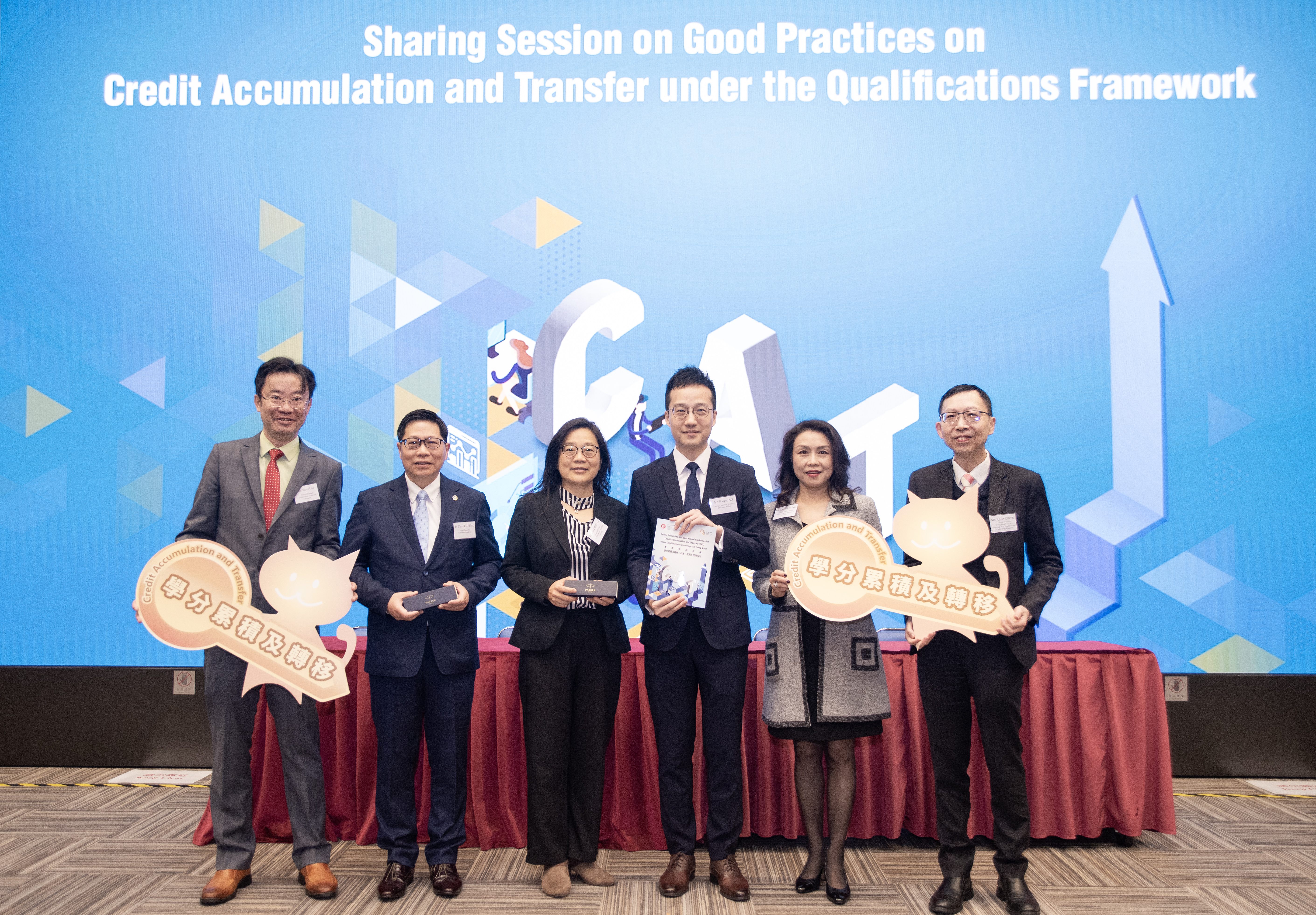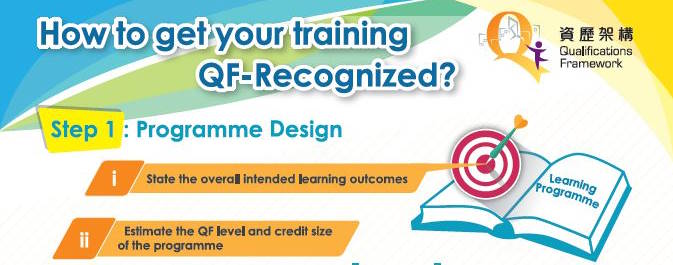Benefits of CAT
 Benefits to learners Benefits to learners |
||
|---|---|---|
|
||
 Benefits to education and training providers Benefits to education and training providers |
||
|
||
Policy and Principles for CAT
CAT policy should be formulated with a view to promoting learner mobility across sectors, levels and types of qualifications by minimising duplication of learning.
Systems and procedures developed in institutions to support CAT should be transparent, fair, flexible and easy to use.
Decisions regarding credit transfer should be timely, academically defensible, equitable and based on learning outcomes.
Credit awarded in recognition of prior non-formal and informal learning is of equal standing to credit awarded through other forms of assessment.
In line with the concept of institutional autonomy, CAT shall not affect the authority of a receiving institution to make decisions about the admission of learners. There is a distinction between the separate processes of admission and credit transfer.
Credit recognition and credit transfer should not undermine the academic rigour or integrity of the qualification into which the learner is accepted.
Institutional commitment and cooperation are essential for the optimal functionality of CAT.
CAT systems and procedures should be subject to rigorous quality assurance measures.











